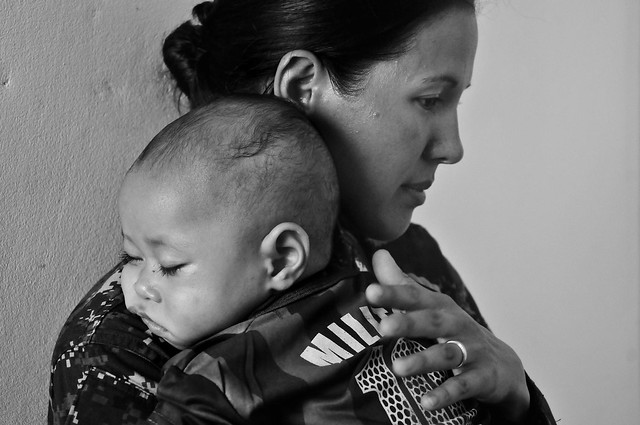Combating Hunger and Malnutrition in Timor-Leste

Hunger and malnutrition in Timor-Leste are largely impacted by 41.8 percent of its population living on less than $1.54 a day, making it one of the poorest nations. Timor-Leste, also known as East Timor, is an island nation in Southeast Asia, between Indonesia and Australia. Additionally, only gaining its independence in 2002, it is one of the youngest nations. Among factors impacting hunger and malnutrition in Timor-Leste also include climate variability.
Rate of Hunger and Malnutrition
In the past decade, Timor-Leste has made substantial progress reducing it’s Global Hunger Index (GHI) from 46.9 percent in 2008 to 34.3 percent in 2017; however, hunger remains classified as a “serious” concern. Timor-Leste’s high levels of food insecurity, poor agricultural yields and low levels of disposable income directly contribute to this serious-level GHI.
Malnutrition and stunting levels in Timor-Leste are one of the highest in the world and have been persistent problems. Malnutrition in Timor-Leste is the leading cause of premature death and disability. Quality nutrition is especially crucial for pregnant women and children, up to the age of 2, ensuring proper growth.
That being said, anemia affects over 40 percent of children and 23 percent of women ages 15 to 49, inclusive of childbearing years. The percent of Timorese children under 5 years old with stunted growth in 2013 was 50.2 percent. This is a slight decrease from 55.7 percent in 2002. This shows some progression, but malnourishment and stunting are still at an alarming rate in Timor-Leste.
Timor-Leste’s National Nutrition Strategy
Timor-Leste’s Ministry of Health established its first National Nutrition Strategy in 2004. It introduces basic nutrition interventions and nation-wide goals. To increase the government’s effectiveness in addressing nutrition, UNICEF is providing technical support to the Ministry of Health, which has created the Timor-Leste National Nutrition Strategy of 2014-2019.
It is Timor-Leste’s largest nutrition policy, and its overall objective is to reduce malnutrition and micronutrient deficiency among children and women. Additionally, Timor-Leste became the first Asian Pacific country to join the U.N.’s Zero Hunger Challenge in 2014 reaffirming their commitment to reach hunger and nutrition goals.
Intervention of USAID
USAID efforts are also working to combat hunger and malnutrition in Timor-Leste with 2 large programs. USAID’s Avansa Agrikultura Project works to increase agricultural productivity especially for vegetables, fruits and legumes. It also focuses on strengthening agricultural markets, food accessibility and sustainability in the midst of climate change.
Their other program, Reinforce Basic Health Services Activity, currently works to support Timor-Leste’s government in strengthening the skills of health workers to provide effective maternal and newborn healthcare.
Additional Interventions in Timor-Leste
Mother support groups are another common method to reduce malnutrition in Timor-Leste. A partnership between the European Union, UNICEF and Timor-Leste’s Ministry of Health established these support groups to empower mothers and families by supporting them to seek care for their children and themselves.
Similarly, the World Food Programme (WFP) has nutrition programs aiming to improve mothers’ health and, in turn, their children’s health. One of their programs, Moderate Acute Malnutrition (MAM) provides malnourished pregnant and nursing women with fortified meals and treatment. The WFP also has informational sessions on nutrition and cooking demonstrations. This aids in families learning more about the importance of and access to nutrition.
With the combination and collaboration of Timor-Leste’s government, national government organization’s (NGO’s), intergovernmental organizations and international aid, hunger and malnutrition in Timor-Leste are being broken down and addressed. These continued and intensified efforts provide hope for zero hunger Timor-Leste in the future.
– Camryn Lemke
Photo: Flickr
